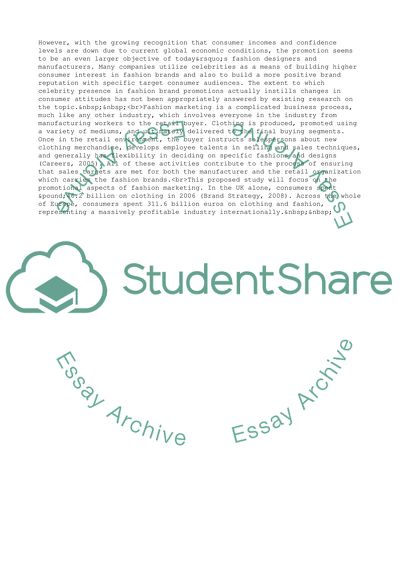Cite this document
(How Effective Are Celebrity Endorsements in Changing UK Consumer Research Paper, n.d.)
How Effective Are Celebrity Endorsements in Changing UK Consumer Research Paper. Retrieved from https://studentshare.org/business/1723422-dissertation-proposel-garments-or-clothing-in-uk
How Effective Are Celebrity Endorsements in Changing UK Consumer Research Paper. Retrieved from https://studentshare.org/business/1723422-dissertation-proposel-garments-or-clothing-in-uk
(How Effective Are Celebrity Endorsements in Changing UK Consumer Research Paper)
How Effective Are Celebrity Endorsements in Changing UK Consumer Research Paper. https://studentshare.org/business/1723422-dissertation-proposel-garments-or-clothing-in-uk.
How Effective Are Celebrity Endorsements in Changing UK Consumer Research Paper. https://studentshare.org/business/1723422-dissertation-proposel-garments-or-clothing-in-uk.
“How Effective Are Celebrity Endorsements in Changing UK Consumer Research Paper”, n.d. https://studentshare.org/business/1723422-dissertation-proposel-garments-or-clothing-in-uk.


